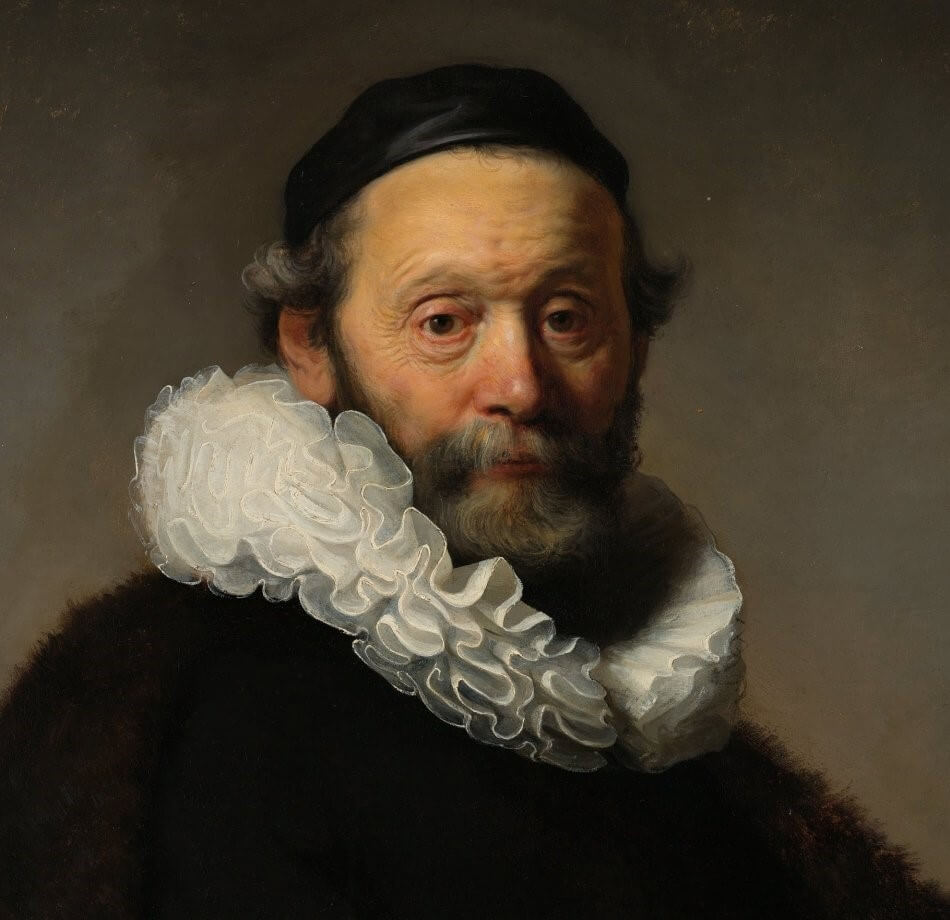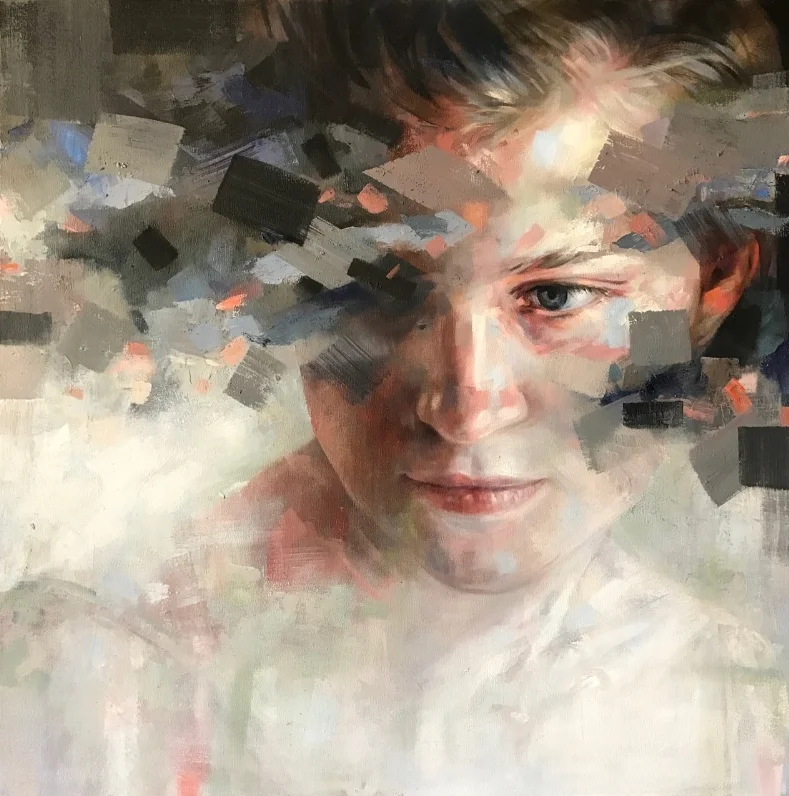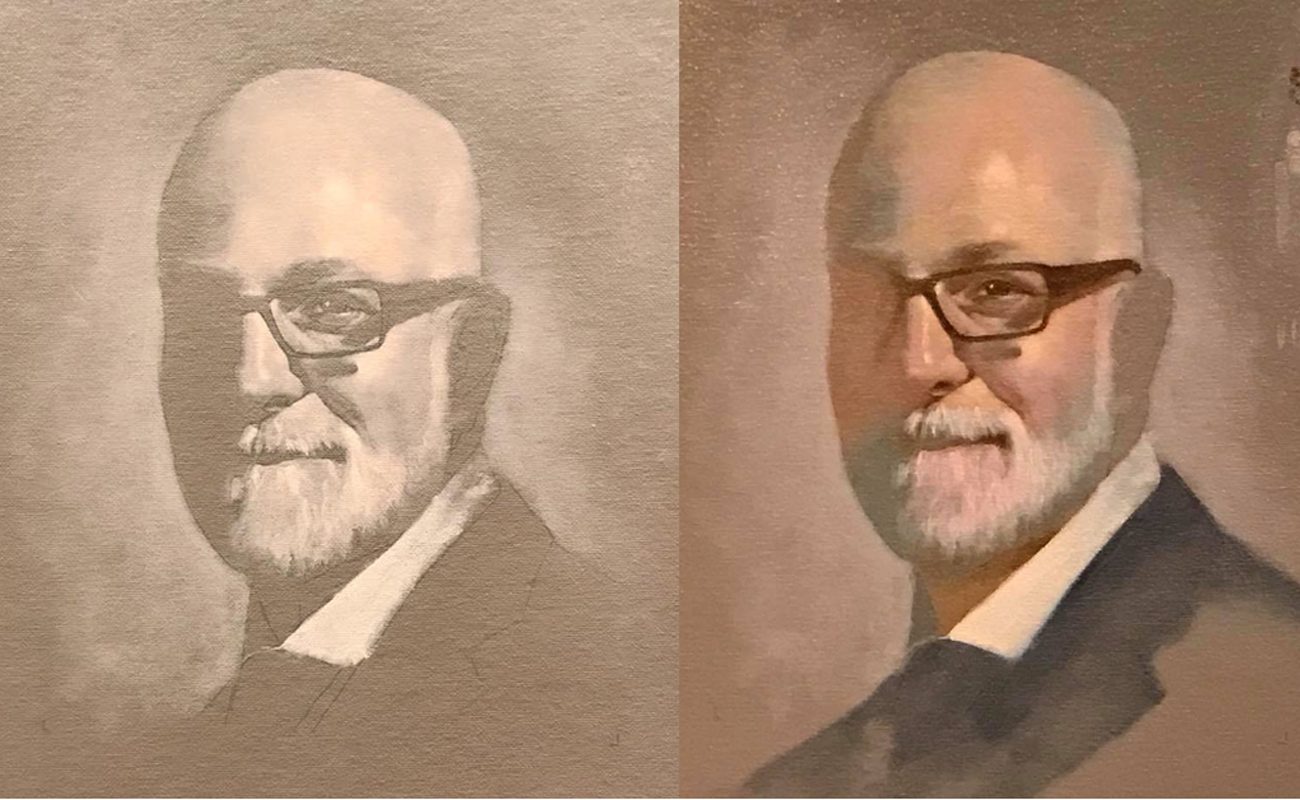How Glaze Works In order to glaze an oil painting you first must have an opaque base. Another popular technique for glazing is layering different colors on top of each other.

How To Use The Glaze Technique Effectively Old Holland Classic Colours
Lets first look at GLAZING.

. If the color disappears or is very light on the black it has some level of transparency. In the simplest terms glazing consists in applying usually with a wide soft-bristled brush a transparent layer of paint over another thoroughly dried layer of opaque paint. Allow it to dry overnight.
Glazing is a technique that I use a lot in my oil paintings. As you build up the amount of oil into the paint the. The layer of glaze is applied over a dry layer of paint.
Once completely dry after a week or so begin the next layer of paint. Paints suitable for glazing an oil painting have pigments that tend to be transparent with the addition of medium. We will use Stand Linseed Oil as the Glazing Medium.
It has oil or medium with little specks of paint in it. This is done by adding small amounts of color to your glaze medium until you reach the. If you want to.
Now a glaze is simply a suspension of pigment in oil. We need a stiff Hog Brush. Here are some tips on how to glaze oil paintings.
Some of the most common techniques are listed below. Glazing Oil Painting Technique Glazing with Transparent Colors. Glazing is a technique oil painters use to create a transparent layer of paint that usually just contains a single pigment.
That technique can also be applied with acrylicsIt basically star. Glazing is a technique that I use a lot in my oil paintings. By example the beetles carapace needs to be greener.
In the simplest terms glazing consists of applying a transparent layer of paint over another thoroughly dried layer of opaque paint usually with a wide soft-bristled brush. Glazing is the process of applying a thin layer of translucent or transparent oil paint over a dry opaque layer of oil paint which creates an effect unlike any other. Glazing is a technique employed by painters since the invention of oil painting.
For example I use glazes when painting shallow rivers and lakes where you can see the river or lake bed below to give the water a transparent shiny and glass-like appearance. With a glaze you can change a color with out changing the pattern of. You can use a grisaille in which you paint in shades of grey or use other colors such as green called a Verdaccio or brown called a Bistre.
The glazes will soften the colours and deepen the tones. Glazing in this instance is another term for thin washes of transparent paint mixed either with appropriate solvents or Retouching Varnish if using oils. After the paint dries use a glazing medium to thin your favorite colors into a medium value and then glaze each one over the black stripe onto the white board.
Light travels through the transparent or translucent layer of oil paint and bounces off the opaque layer creating a sort of glowing effect that is very difficult to create with other oil painting techniques. It has become apparent from online painting lessons being requested that an oil painting glazing tutorial as well as a post covering misting effects is needed. Begin the oil painting as usual by sketching and putting visual resources as necessary but do so as though the painting were going to be complete in one layer.
Glazing with oil paint using a neutral hue lowers the value of the color. With a soft sable brush gently apply the oil paint glaze onto selected areas. 1 Paint an underlayer in monochrome paint.
With its help we will cover the whole surface of the painting in a thin glaze layer. Every paint pigment by nature becomes transparent semitransparent or opaque when mixed with oil. The underpainting as the dried layer.
In fact it is one of the techniques I use to make my oil paintings look more photorealistic. This is a Glaze. In fact it is one of the techniques I use to make my oil paintings look more photorealistic.
The GLAZE formula is mixed on the palette with thalo green a transparent color until the degree of transparency necessary is achieved. Although in theory it is very simple in practice glazing can be a very complex undertaking. We take undiluted Stand Oil add a bit of Yellow and rub the paint into the surface with circular movements trying to spread the paint as thinly as possible.
The glaze is then applied with a sable brush to the horizontal painting. If a blue needs darkening for instance a second layer of slightly darker blue or purple will deepen the colour without changing it completely. Although in theory it is very simple in practice glazing can be a very complex undertaking.
Glazing is a technique employed by painters since the invention of oil painting. This video demonstrates the light version of the masters technique in oil color glazing. Use a high proportion of medium to create a transparent effect.
For example I use glazes when painting shallow rivers and lakes where you can see the river or lake bed below to give the water a transparent shiny and glass-like appearance. Although in theory it is very simple in practice glazing can be a very complex undertaking. How to glaze an oil or acrylic painting.
Oil Painting Technique 1 - Scumbling. Paint a black stripe on a scrap piece of board. Oil Mediums for Glazing.

Glazing Oil Painting Techniques Step By Step Demonstration Youtube

Glazing Technique In Oil Painting Old Masters Academy

How To Glaze An Oil Portrait Course New Course Will Kemp Art School

Glazing An Undervalued Technique For Oil And Acrylic Paintings Anna Carien Goosen

How To Glaze An Oil Painting Oil Painting Techniques And Tips

Portrait Painting Step By Step Glazing Over Grisaille Matt Harvey Art

0 comments
Post a Comment